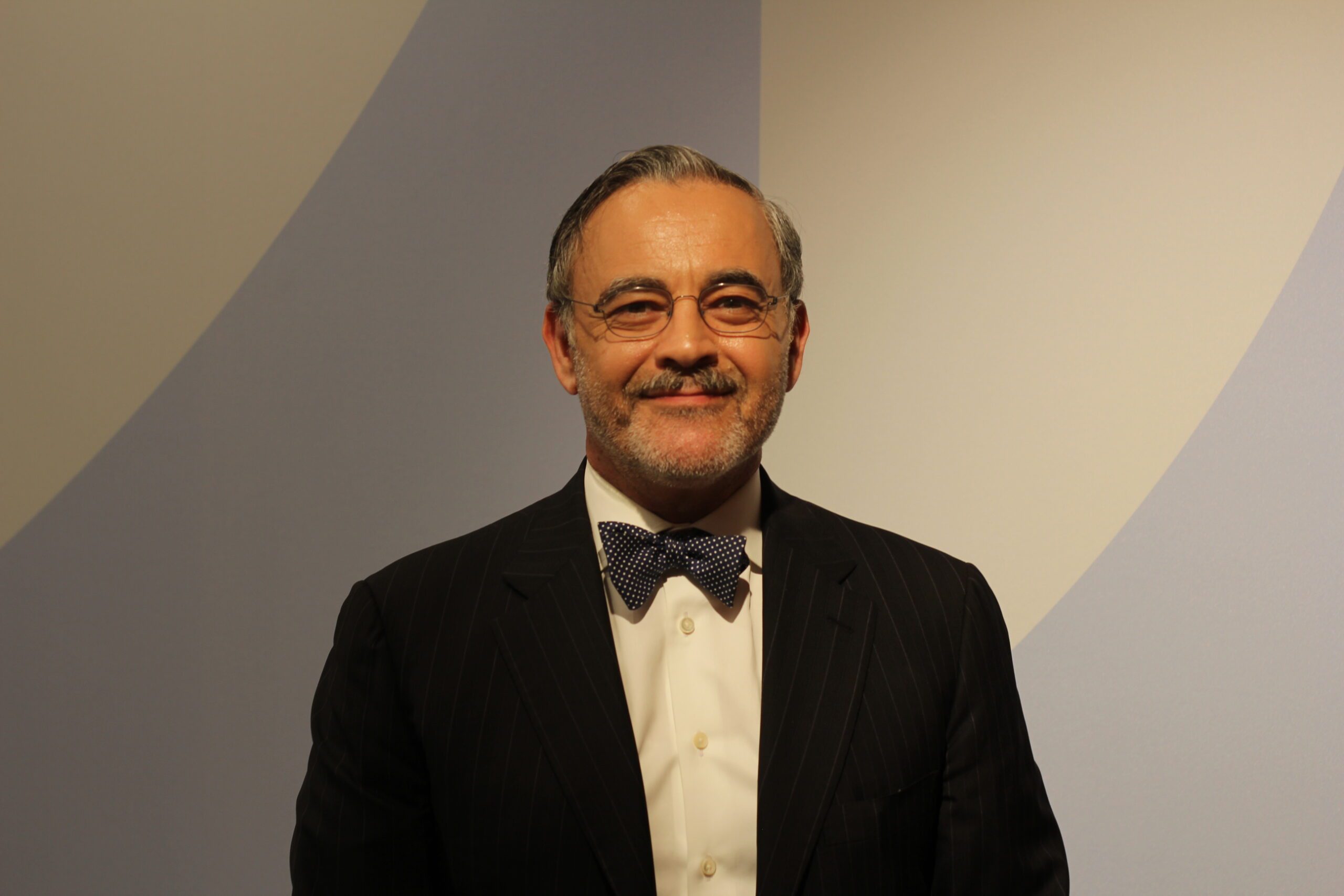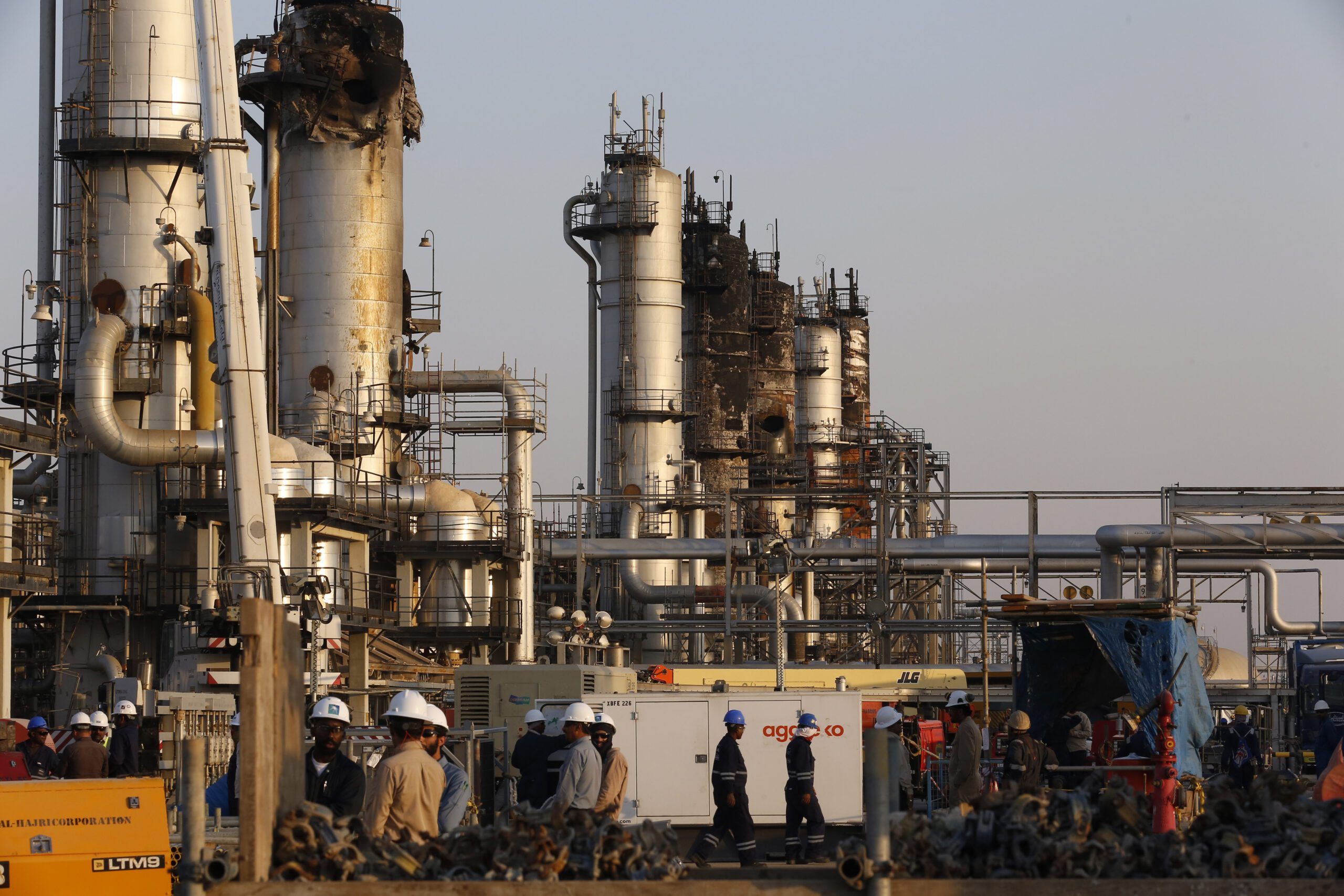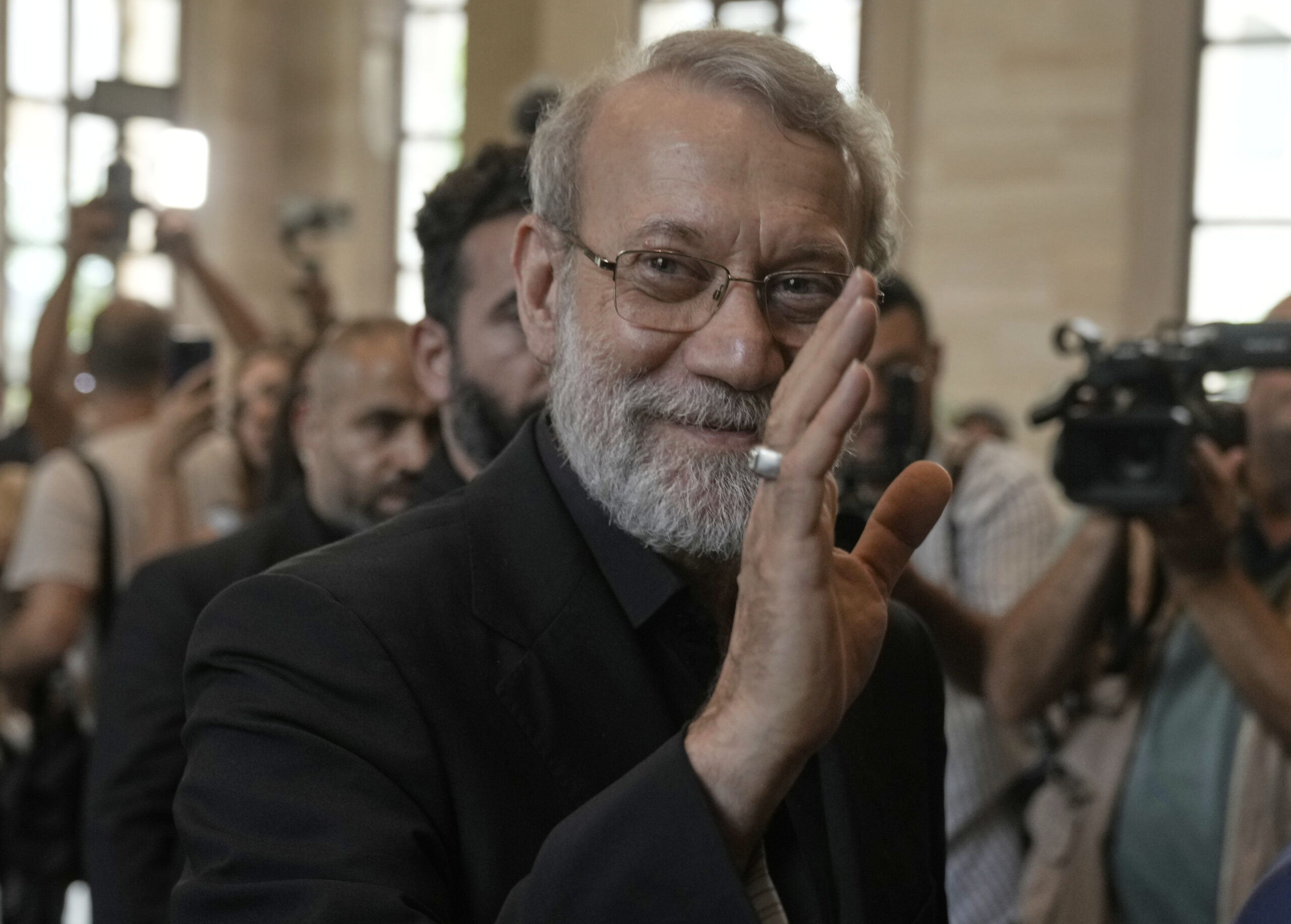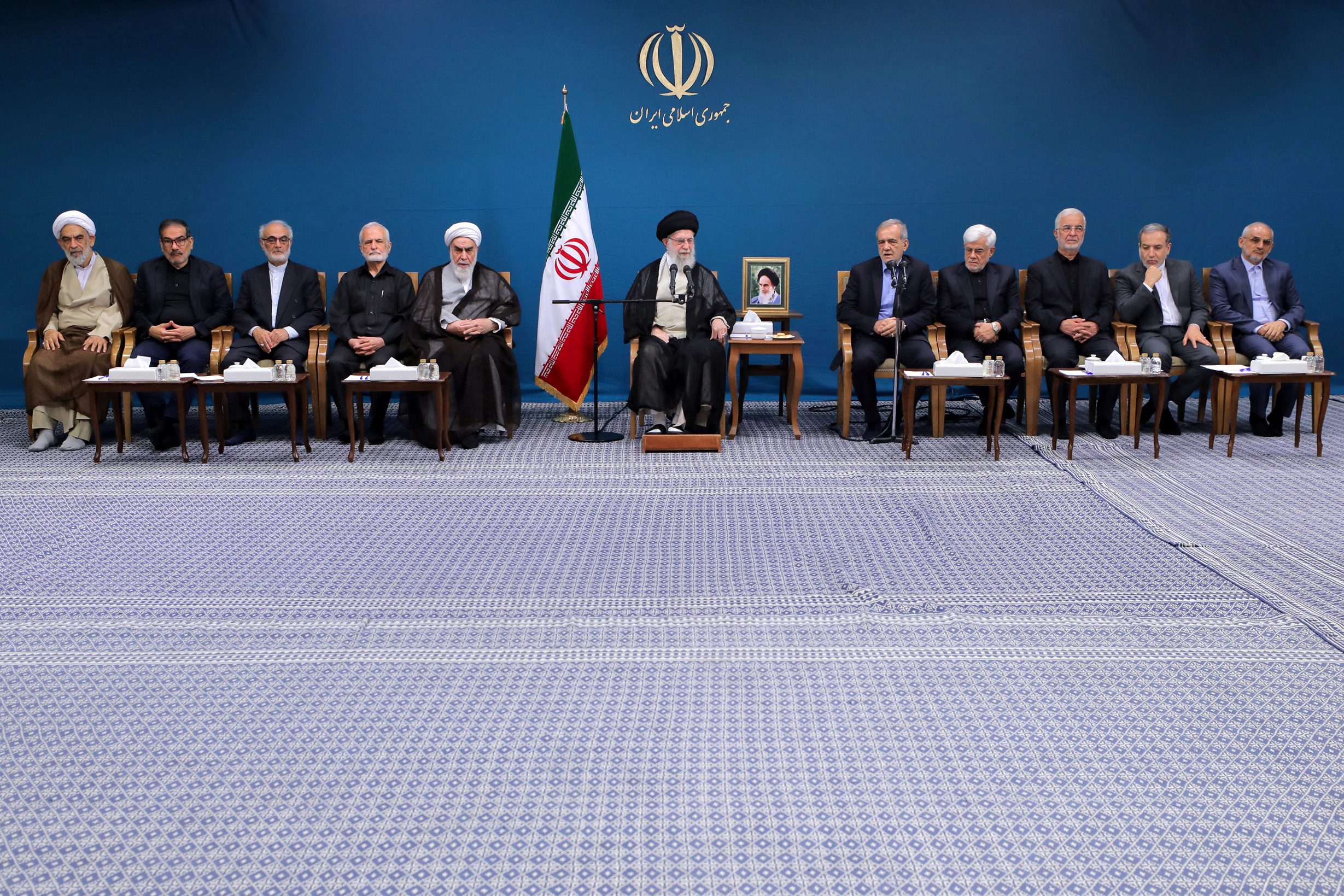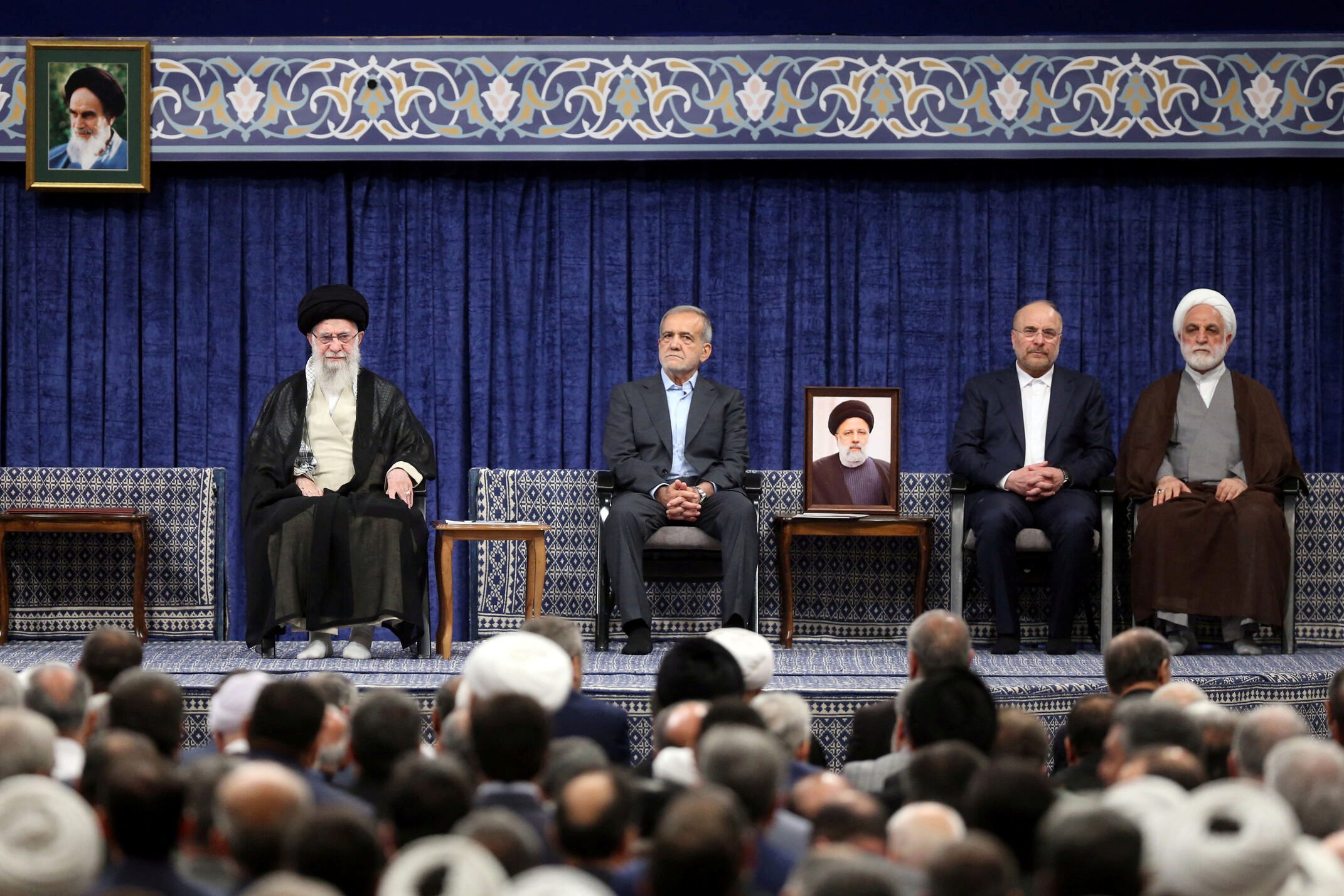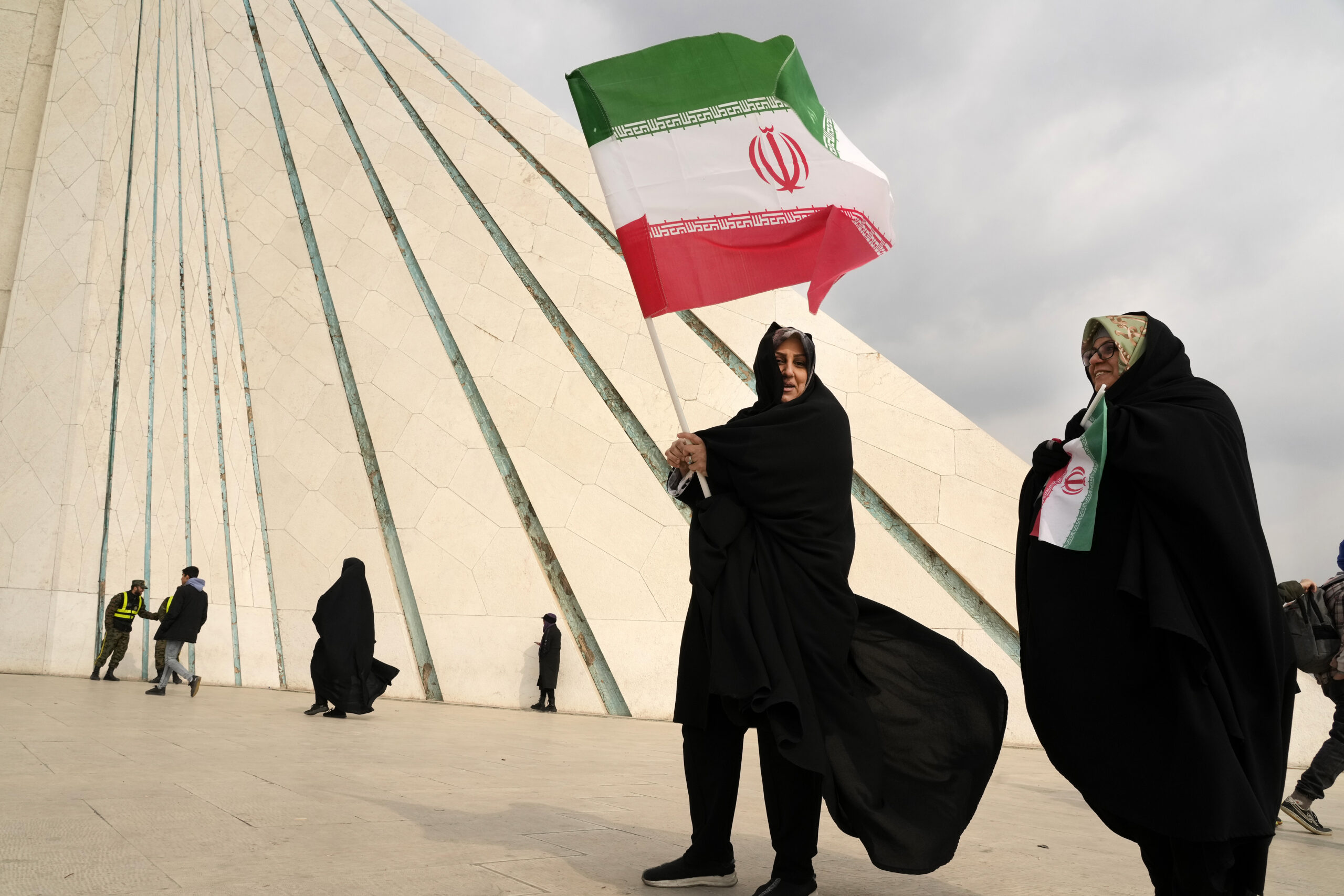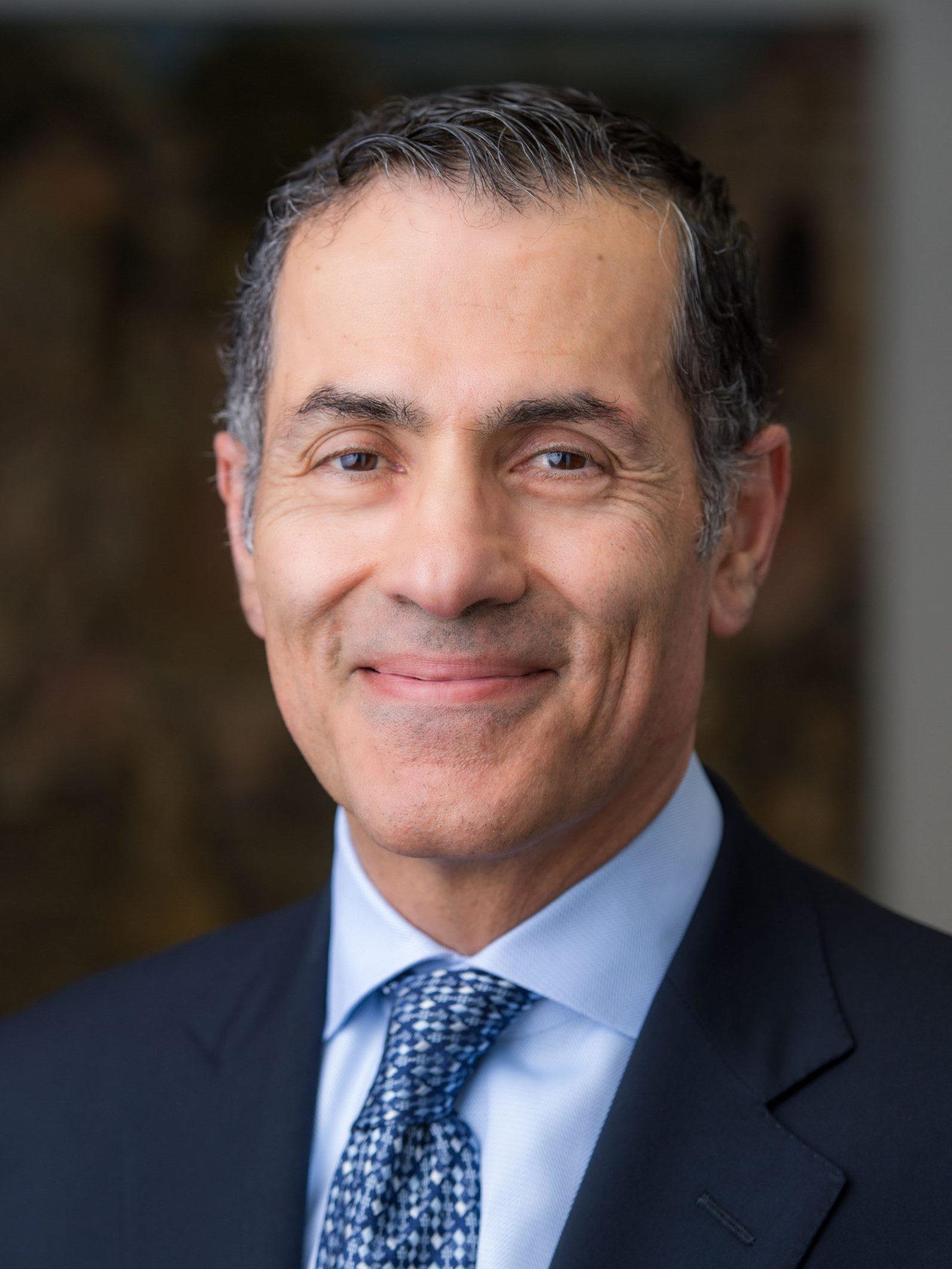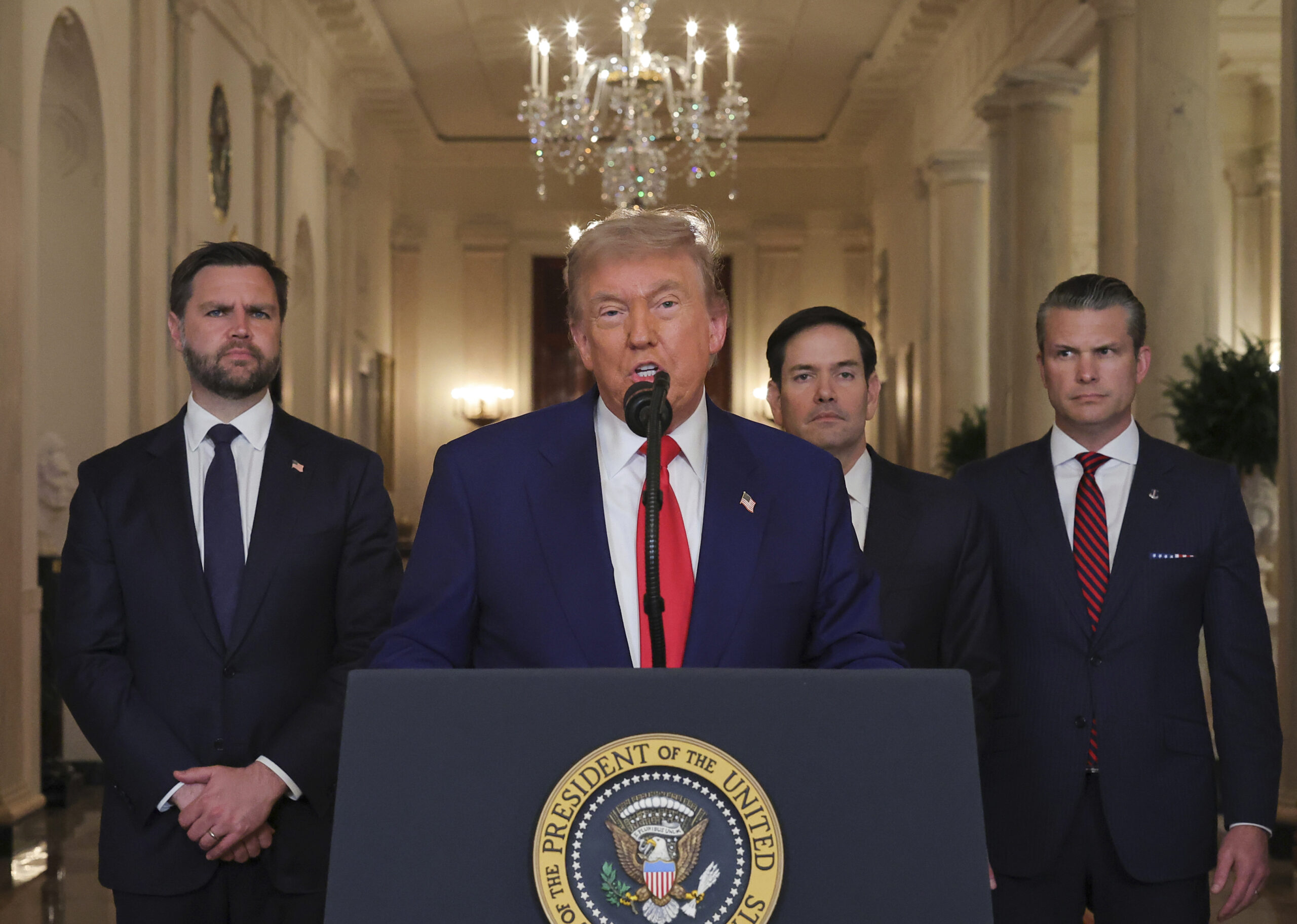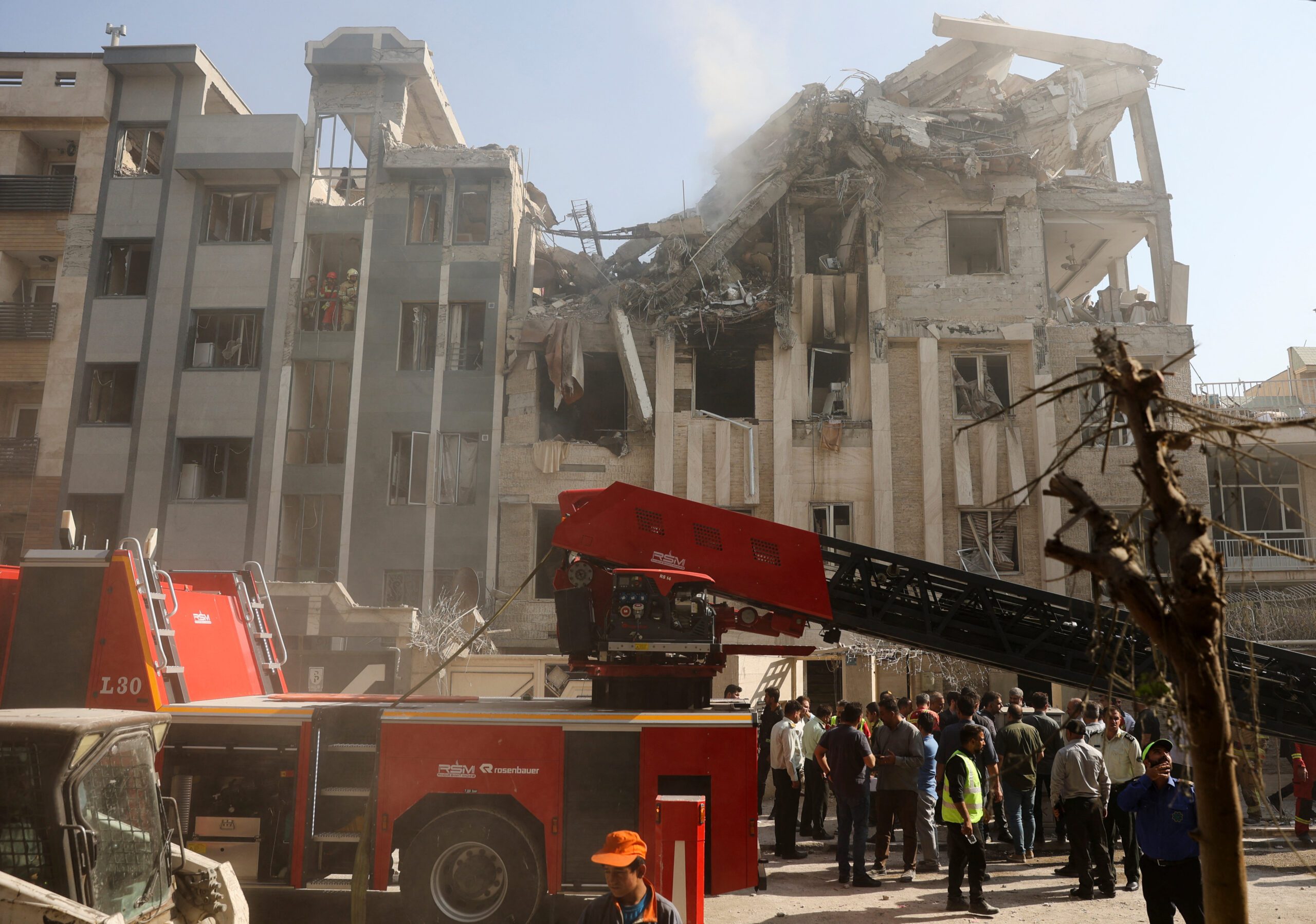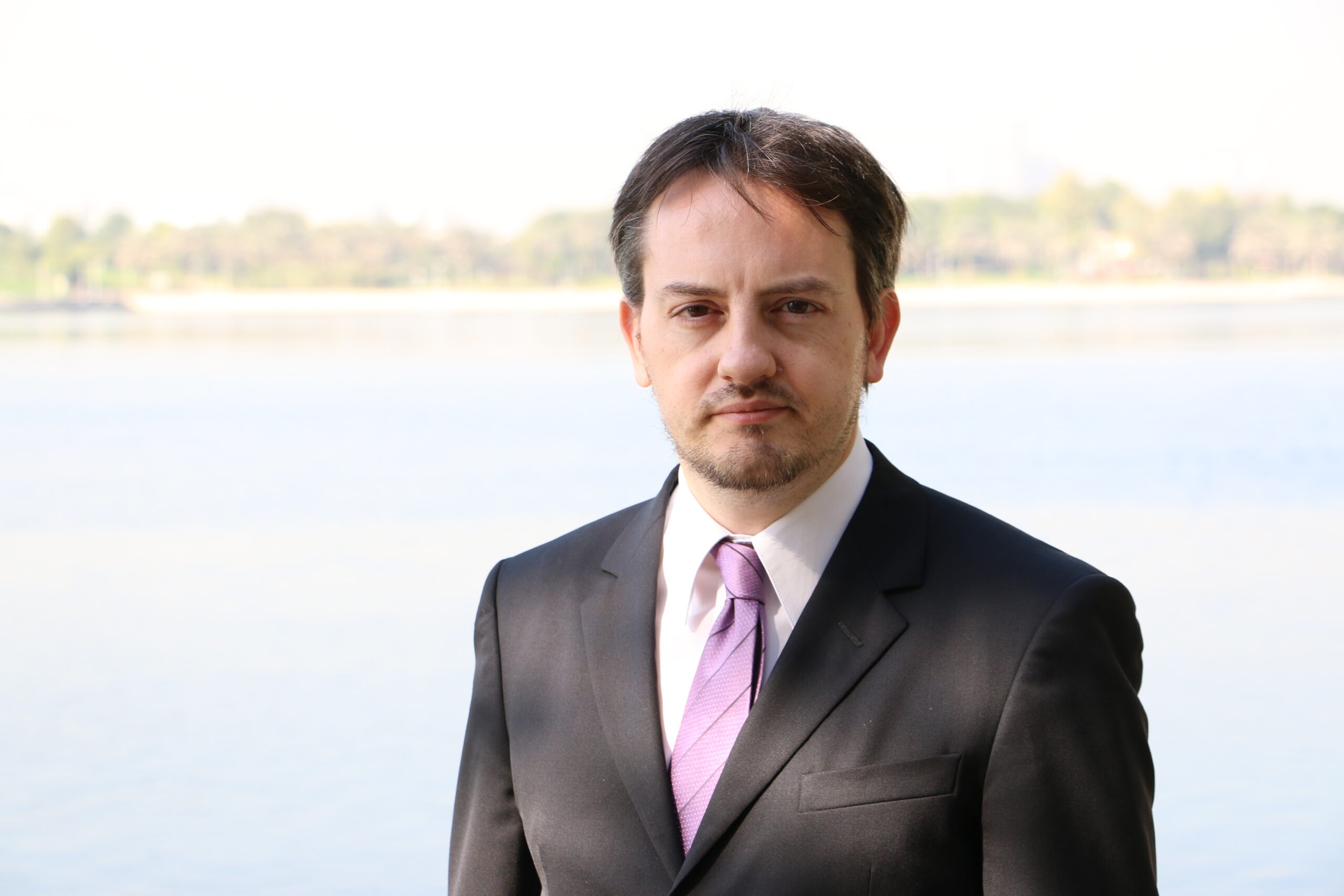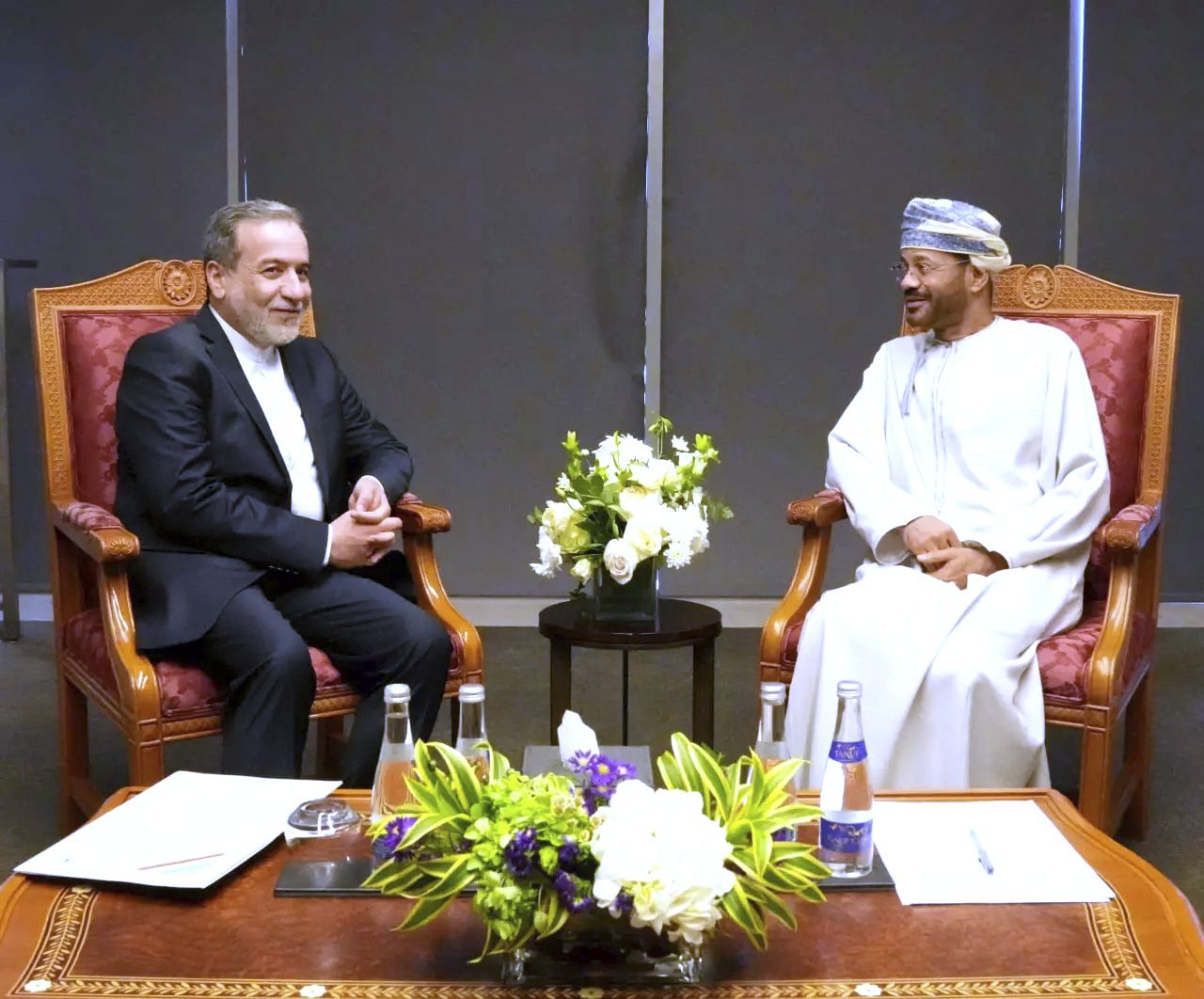Sep 16, 2022
Arbaeen Pilgrimage to Karbala: From Demonstration of Power to Public Relations Debacle
The September 16 edition of the Iran Media Review examines reactions to this year’s Arbaeen pilgrimage.
Since the U.S.-led invasion of Iraq and overthrow of the Baath regime in 2003, Iraqi Shias have revived the previously prohibited Arbaeen pilgrimage to Karbala, marking the end of the 40-day mourning period following the anniversary of martyrdom of Hussein ibn Ali, the third imam of the Shia, in 680. For just as long, neighboring Iran has tried to take political advantage of the pilgrimage and multimillion-person gathering in Karbala as a demonstration of Shia, and indirectly, Iranian power in Iraq. Participation of the Quds Force commander, Brigadier General Ismail Qaani, in this year’s pilgrimage testifies to the importance the Iranian leadership attaches to the pilgrimage. This year’s pilgrimage, however, is marred by poor planning and logistical problems widely discussed in Iranian media. While Iranian officials blame Iraq for problems faced by the pilgrims, Arbaeen appears reduced from a demonstration of power to a public relations debacle for Iran.
- September 11: Fars News Agency quoted Interior Minister Ahmad Vahidi, who during a visit to the border stations urged the Iranian public not to “storm the borders,” because of “Iraq’s inadequate capacity” to host pilgrims.
- September 12: Seyyed Sadeq Hosseini, Haj and Pilgrimage Organization of Iran director, dismissed complaints of “those, who either out of ignorance, or with political motives, criticize the Iraqi government’s management of Arbaeen. The Iraqi government cooperated and coordinated its efforts with the government of Iran.”
- September 12: Etemad Daily’s Mehdi Beig-Oghli reported that, “Iranian television’s emotional appeal to the viewers … along with promise of interest-free loans, free services en route to Karbala, immediate processing of travel documents, promise of free medical and dental services, and tens of millions of rations of free food and water,” doubled the number of Iranian pilgrimage applicants from 3.4 million in 2019 to more than 7 million in 2022. Quoting Saeed Khosrowshahi, a journalist and pilgrim, Beig-Oghli continued: “At the Mehran border on Friday September 9, in 113-degree heat, there is not even water to drink. None of the Arbaeen Pilgrimage Headquarters officials are present at the scene. The officials announced only registered pilgrims should embark on the pilgrimage, but in reality, more than half of the pilgrims are unregistered … And no, it’s not just the Iraqi officials who are to blame!” Quoting Ramezan-Ali Sangdovin, a parliamentarian, Beig-Oghli wrote: “The government anticipated the large popular participation in the Arbaeen pilgrimage after two years with the pandemic and should have prepared the infrastructure accordingly. The people had even a hard time moving within Iran because most of the busses headed to the western borders.”
- September 12: Farda News quoted Vice President Mohammad Mokhber’s assurances of government assistance to bring the pilgrims back to Iran.
The views represented herein are the author's or speaker's own and do not necessarily reflect the views of AGSI, its staff, or its board of directors.
